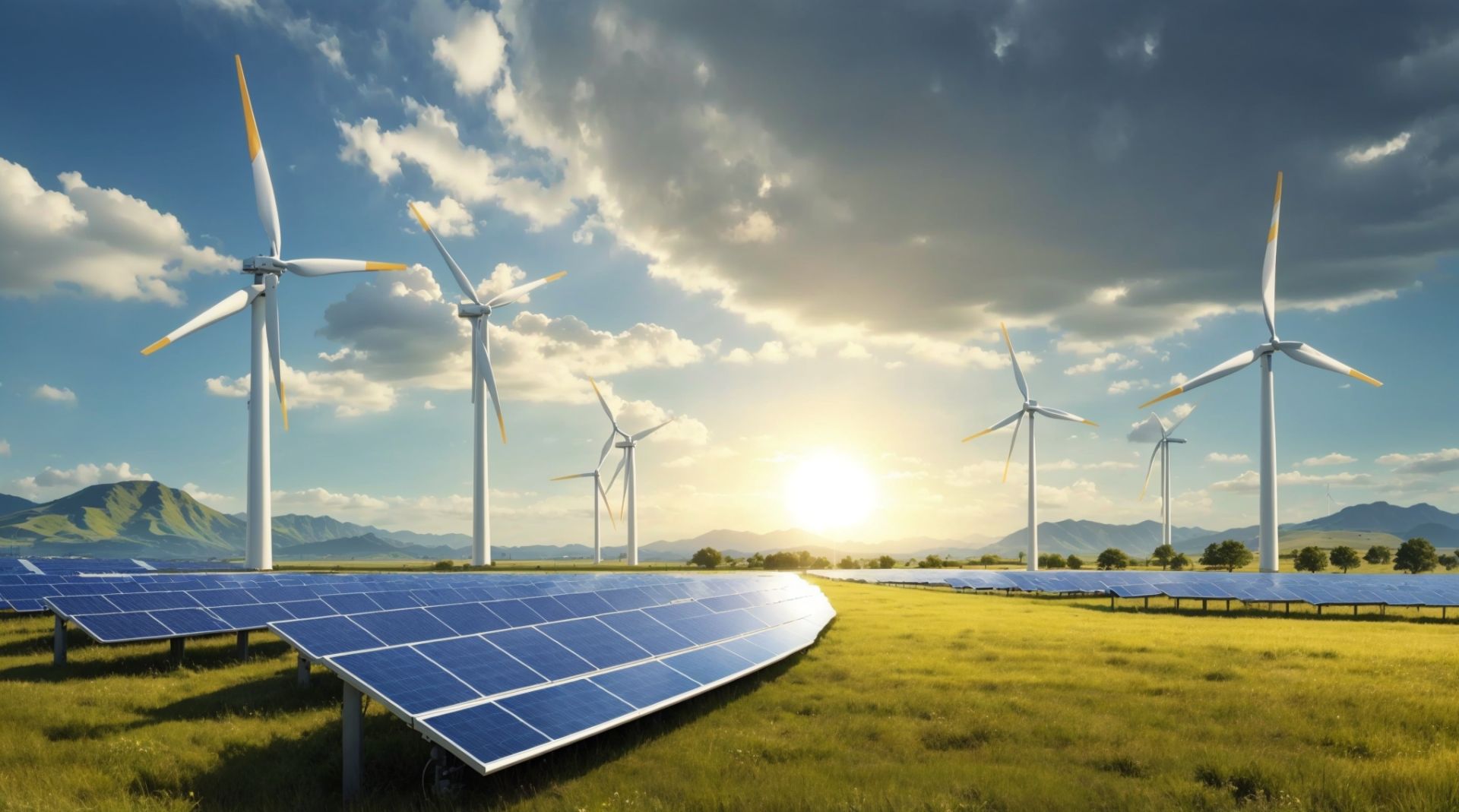WNAM REPORT: Energy transformation is a key priority on Azerbaijan’s national agenda, with a strategic focus on increasing the share of renewable energy sources. Through ongoing initiatives, the Republic is positioning itself as a reliable energy partner and a responsible contributor to the global effort against climate change. By the end of 2027, Azerbaijan plans to commission nine solar and wind power plants, collectively generating an energy potential of 2 gigawatts. Furthermore, by 2030, the country intends to develop an additional ten wind and solar power plants, enhancing its total capacity to up to 5 gigawatts.
An article by Minister of Energy Parviz Shahbazov regarding the start of operations at a new power plant in the country was published in the “Azerbaijan” newspaper. In the same article, the minister emphasized that electricity production is increasing.
“With the commissioning of new power plants in Azerbaijan, the total electricity production capacity of our country has reached 8,415.6 MW, which means an increase of 324.8 MW, or 4%, compared to the same period last year,” the article stated.
Minister Parviz Shahbazov addressed the efficient use of renewable energy resources, highlighting the potential of hydro, solar, hydrogen, and wind power plants.
“In the electric power system, there are 22 thermal power plants with a total capacity of 6,623 MW, 58 hydropower plants with a capacity of 1,406.6 MW, 9 solar power plants with a capacity of 278.1 MW, and 5 wind power plants with a capacity of 63.7 MW. Additionally, there is a 37 MW solid waste power plant and 3 hybrid power plants with a total capacity of 7.3 MW, which together make up approximately 21.3% of the total production capacity,” he stated.
In addition to increasing generation capacity in this area, the minister emphasized achievements in the electricity network. “Currently, 254 substations operating at 110-500 kV with a total capacity of 29,491 MVA are in operation. Last year, the renewable electricity capacity of our country increased by 373.6 MW, largely due to the Garadagh Solar Power Station (GES), which is the largest foreign-invested solar power plant in the Caspian and CIS regions,” he added.
It is noteworthy that the Garadagh Solar Power Station began operations last year in collaboration with the prestigious Masdar company from the UAE. The 230 MW solar plant was officially inaugurated on October 26, 2023, marking the beginning of a new phase in our country’s energy landscape, as it is the first station built with foreign investment.
The minister also discussed the increase in the share of solar power plants in energy consumption. “In the first nine months of this year, electricity production increased by 247.7 million kWh to 21.8 billion kWh, with solar electricity production rising more than ninefold, thus increasing the share of renewable sources to 14.1%. Exports included 898.7 million kWh to Georgia, 176.4 million kWh to Russia, and 1.2 billion kWh to Iran,” he emphasized.
It should be noted that Azerbaijan’s renewable energy potential is estimated at 27,000 MW, with 23,000 MW from solar energy and 3,000 MW from wind energy. Solar energy production can be organized across almost the entire territory of the country, while Baku, the Absheron Peninsula, and the Khizi region are particularly favorable for wind energy.
Azerbaijan is positioning itself in renewable energy transformation, focusing on expanding its capacity in solar, wind, and other green technologies. With plans to commission multiple power plants and significant investments, the country aims to increase its share of renewable energy to combat global warming and enhance energy security. The successful inauguration of the Garadagh Solar Power Station and the growing contributions from various renewable sources underline Azerbaijan’s commitment to sustainable development. As the nation harnesses its estimated 27,000 MW renewable energy potential, it is poised to play a vital role in the region’s transition to cleaner energy and in fostering international partnerships.


